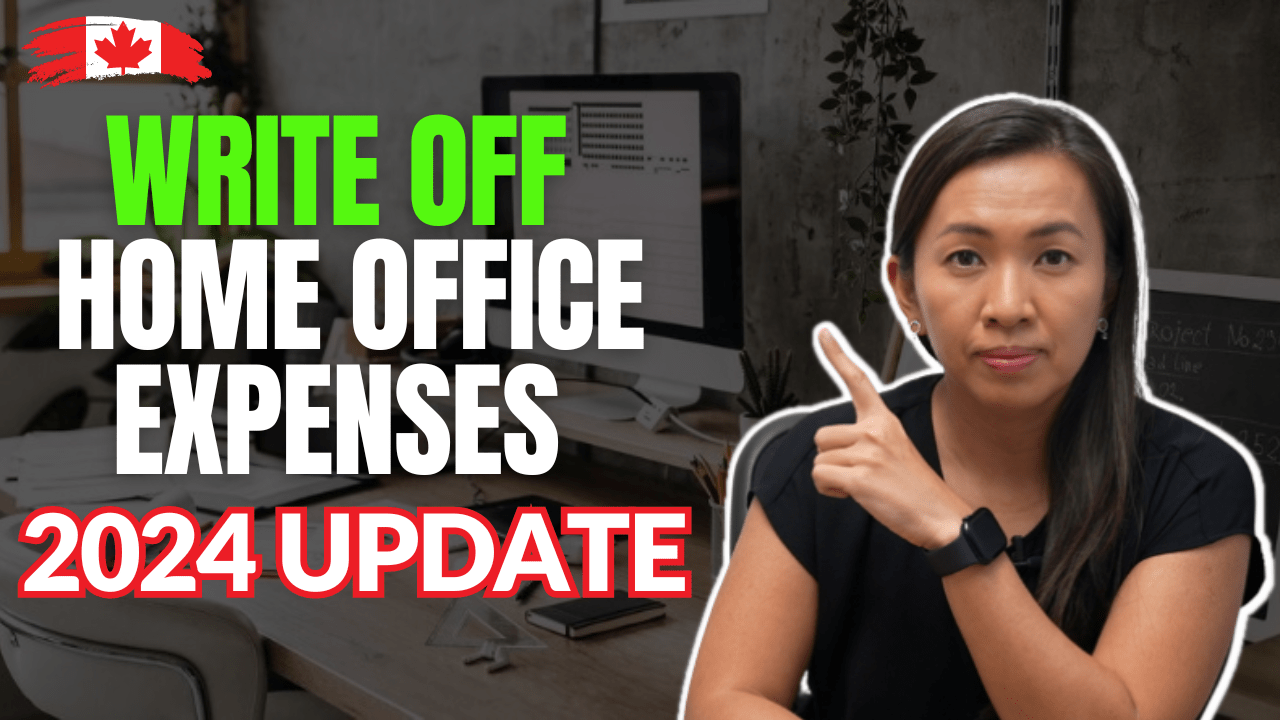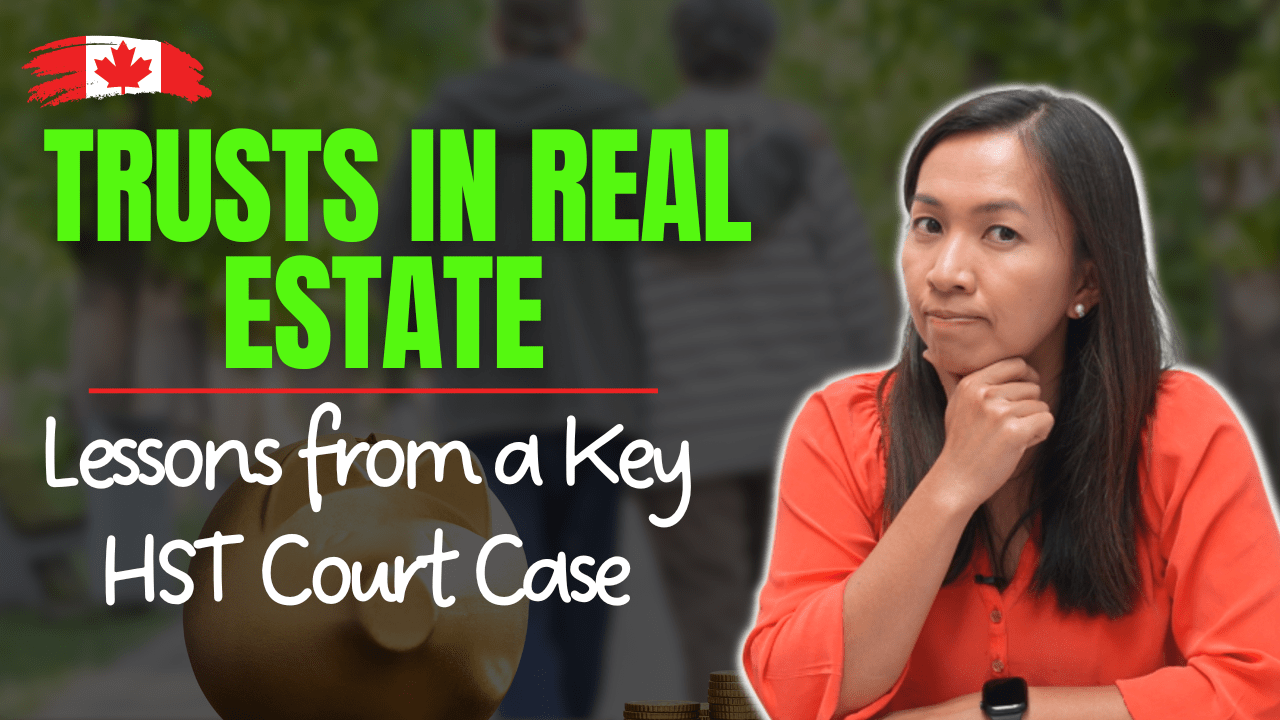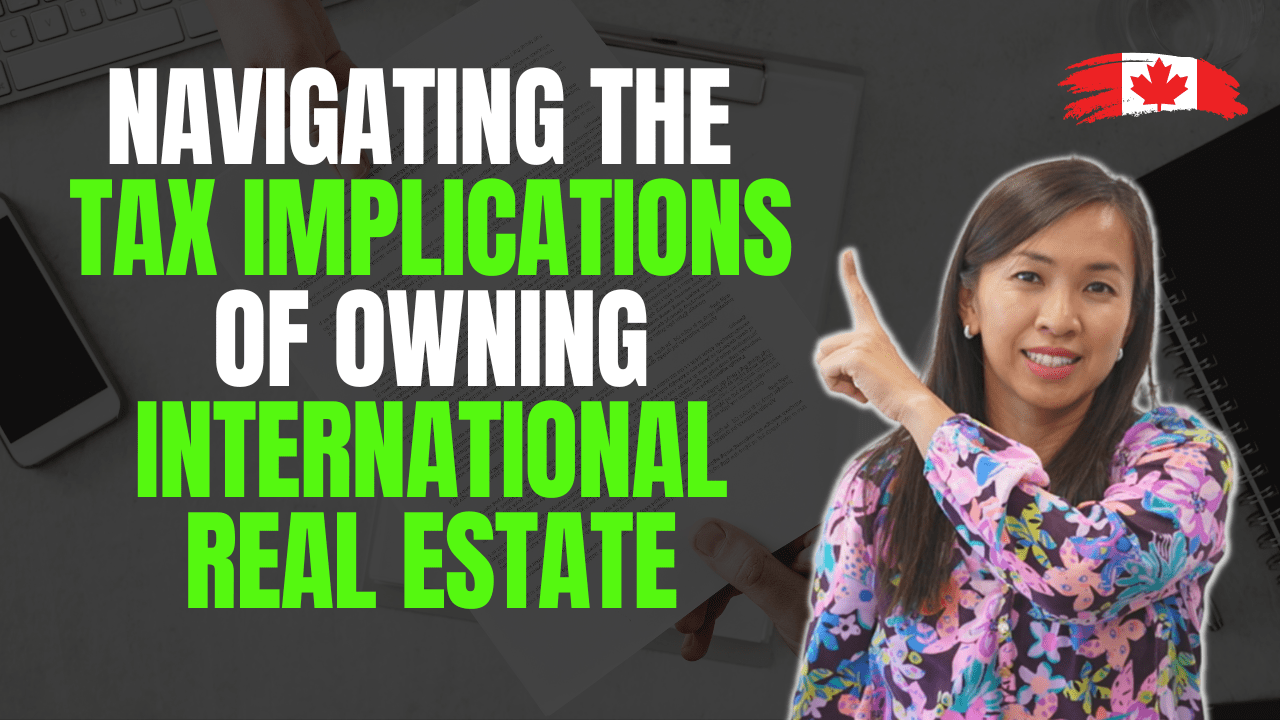Most real estate investors talk about monthly cash flow from their properties. Few recognize the tax impact on their cash flow.
We own a few student rentals. Each house brings in about $500 to $1,000 before tax cash flow on a monthly basis. This is equivalent to $6,000 to $12,000 of before tax cash flow on an annual basis.Mortgage pay down of each house is roughly $3,000 a year. The combined taxable income from each house is $9,000 to $15,000 a year. Our marginal tax rate for the rental income is roughly 40%. Once you take into account the tax impact, your monthly cash flow immediately drops to $200 to $600, from $500 to $1000 on each house.
What if there is a simple tax strategy you can use to defer a large portion of this tax until when you sell the property?
Capital cost allowance (CCA) is the depreciation expense on depreciable property that you can claim against your taxable income. Building is generally the largest depreciable property you can claim CCA to offset your rental income.
Say purchase price of the student rental is $300,000. We allocate 1⁄4 of the cost to land and 3⁄4 of the cost to building, which is $225,000. (The way we allocate the cost to land and building is another topic discussion.)
First year, you can claim 4% with half year rule = $225,000 x 4% x 1⁄2 = $4,500.
Second year, you can claim full 4% on declining balance basis = ($225,000 – $4,500) * 4% = $8,820.
Taxable income of a student rental that brings in $500 a month with mortgage paydown of $3,000 annually before deducting CCA is $9,000, equivalent to $3,600 tax payable.
After deducting CCA, first year taxable income is $4,500, equivalent to $1,800 tax payable at 40% marginal tax rate and $350 after tax cash flow.
Second year taxable income is $120 ($9,000 – $8,820), equivalent to $48 tax payable and $496 after tax cash flow.
Just like that, your cash flow is almost the same before paying tax!
This is a tax deferral mechanism. And yes, you will still have to pay tax at the time when you dispose the property. But don’t forget, there is time value of money as well! Money in your pocket today is worth more than the same money in your pocket tomorrow.
Say you own the above property for 10 years and you plan to dispose this property at the tenth year – By adopting the above strategy for 10 years, you have deferred $69K tax over the years. $69K over 10 years with 2% inflation is equivalent to $63K in today’s money. At 40% tax rate, you are saving $2,600 in time value of money.
This doesn’t even take into account what you could have used this $69K to do! This can be the downpayment of another rent-to-own!




